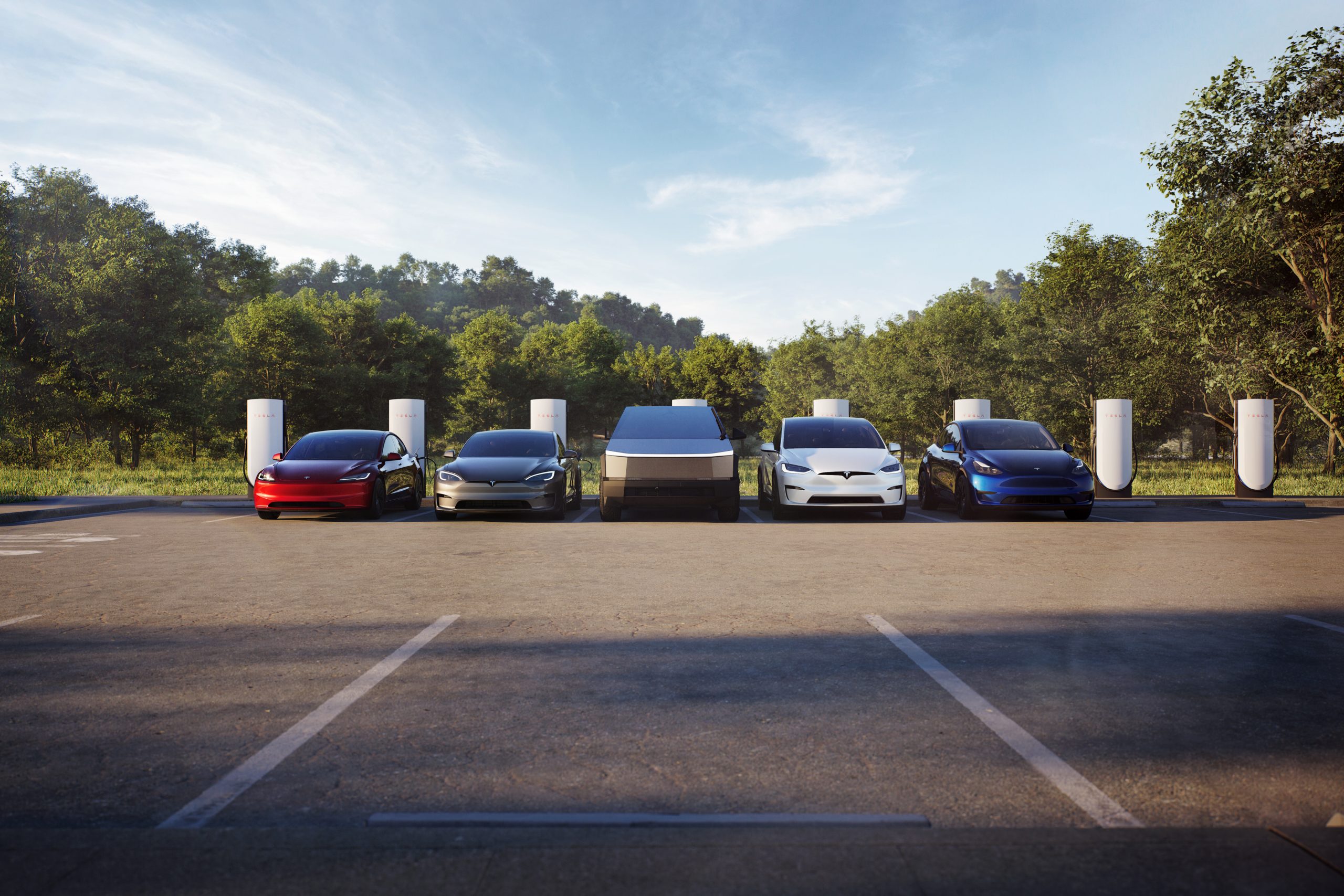Tesla's Advertising Strategy Takes a Drastic Turn, Raising Questions Among Stakeholders
Reports on manufacturing, labor and earnings with clear, practical context. Drives a Tesla Model 3 RWD; family hauler is a Volvo XC60.
Tesla, known for its unconventional approach to marketing, has taken a surprising turn in its advertising strategy ahead of a pivotal shareholder meeting. The focus is not on its innovative electric vehicles but rather on securing a new compensation package for CEO Elon Musk. This shift has sparked debate among investors and fans alike about the company's priorities and the implications for its future.
For years, Tesla has stood out in the automotive industry by eschewing traditional advertising, relying instead on word-of-mouth and the charismatic presence of CEO Elon Musk. This strategy has been a topic of debate among investors, some of whom have pushed for a more conventional marketing approach. Tesla has consistently argued that resources are better allocated towards product development rather than advertising. However, recent developments suggest a shift in this long-standing philosophy.
In an unprecedented move, Tesla has launched a series of advertisements, not to promote its cutting-edge electric vehicles, but to encourage shareholders to approve a new performance-based pay package for Musk. The ads have appeared on social media platforms like X and Instagram, and even on streaming services such as Paramount+. This marks the first time Tesla has used such platforms for advertising, highlighting the importance the company places on retaining Musk as CEO.
The proposed pay package for Musk is contingent on ambitious goals, including elevating Tesla's market capitalization to $8.5 trillion from its current $1.36 trillion. This aggressive target underscores the company's confidence in its growth trajectory and Musk's role in steering that growth. However, some stakeholders have expressed skepticism about this approach, questioning whether the focus on Musk's compensation package might detract from the core mission of advancing sustainable transportation.
Critics of the advertising strategy point out the irony of Tesla, a company that has traditionally thrived without paid promotions, now diverting resources to secure shareholder votes. This deviation from its norm has led to discussions about the potential impact on Tesla's brand image and whether it signals a more permanent shift in its marketing approach. Proponents argue that the strategy is a necessary step to ensure Musk's leadership, which they believe is crucial for Tesla's continued success.
As the shareholder meeting approaches, the outcome of the vote on Musk's pay package will likely set a precedent for Tesla's future governance and strategic priorities. Regardless of the result, the company's recent advertising activities highlight a willingness to adapt and innovate, not just in product development but also in how it communicates with its stakeholders. This development poses questions about the balance between visionary leadership and the practicalities of running a publicly traded company.
About Priya Nair
Reports on manufacturing, labor and earnings with clear, practical context. Drives a Tesla Model 3 RWD; family hauler is a Volvo XC60.



